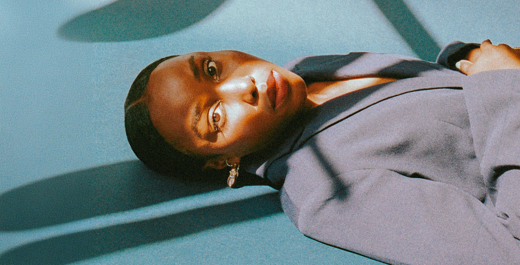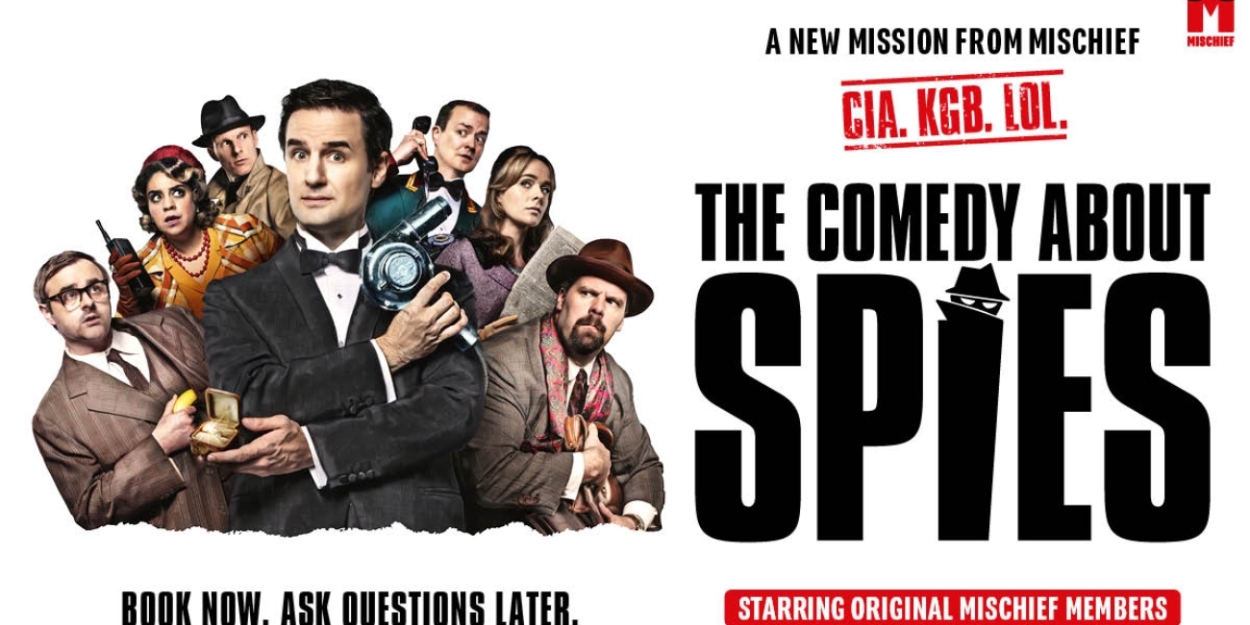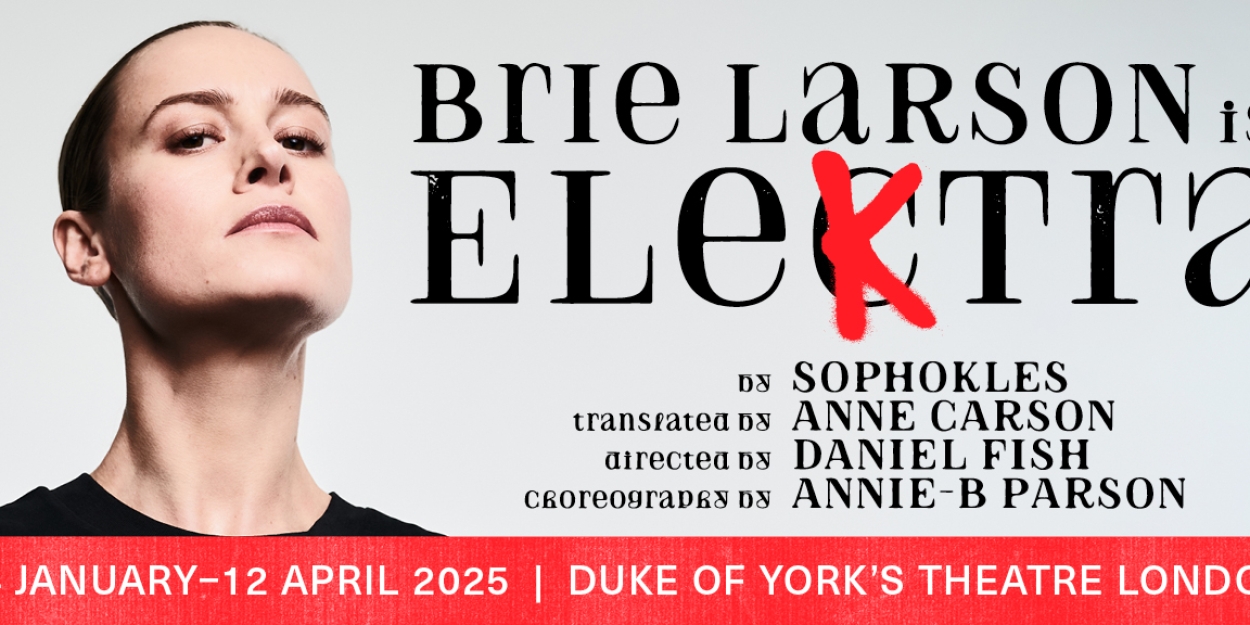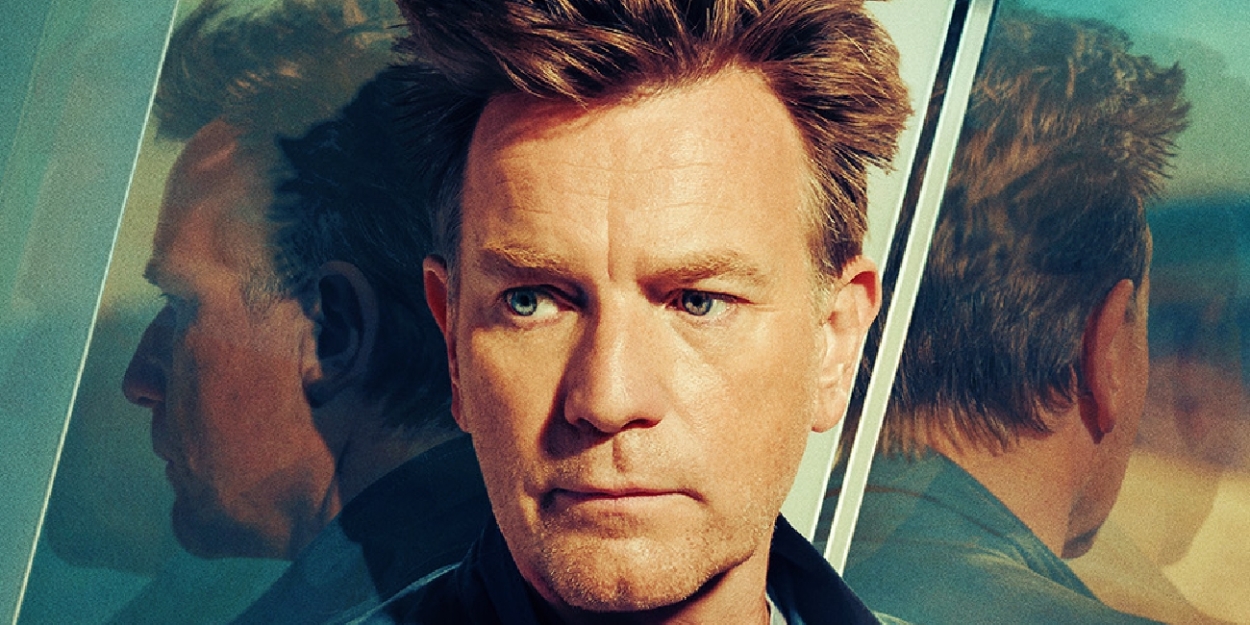Fresh off being nominated in the Best Jazz Category at the 2025 MOBO Awards and releasing her latest critically-acclaimed project FIELDNOTES: COMPLETE, South London singer Ego Ella May takes to the stage for a special performance in the Elgar Room.
A British-Nigerian award-winning singer-songwriter and musician, Ego has an all-encompassing love of music, which she channels into her own genre-blending R&B, neo-soul and contemporary jazz compositions.
She has a high level of admiration for people who show their vulnerabilities through music, and uses this as a source of inspiration; "It's so easy to lie to yourself and others, so I really admire people who have the audacity to be truthful". Her songwriting takes influences from equal measures of reflective moments of solitude and conversations with friends, which she demonstrates with effortless power in each unique voicing.
The fast rising talent is quickly building a noteworthy catalogue of releases including her impressive 2020 debut LP Honey for Wounds, a soul-tingling blend of jazz, R&B and neo soul vocal musicality. Incredibly honest, self-penned, personal and observational lyrics are laced with tales of self-healing, protest, love and loss, global issues and more. She followed this up with her FIELDNOTES series of EP releases and is set to release her eager anticipated sophomore album in 2025.
Cast and Creative team for Late Night Jazz: Ego Ella May at Royal Albert Hall
Cast
How Broadway Incorporates New Technology on the Stage
Broadway is good at reinvention. It’s part of the magic really—how it’s both timeless and ahead of its time. But what’s remarkable about the reinvention is how subtle it can be. Lately that subtlety has a tech edge, weaving innovation into the show in ways that serve the story not overshadow it.
This isn’t about theater selling its soul for shiny objects. It’s about how smart tools—used judiciously and on purpose—bring new life to an art form that’s been making magic out of wood and wire for centuries.
The Stages That Move With the Story
Broadway used to be simple: a proscenium arch, painted backdrops and maybe a trapdoor for a bit of pizzazz. Now the stage is as alive as the actors, with automation turning sets into characters in the story.
Shows like Harry Potter and the Cursed Child and The Lion King are the textbook examples of this quiet revolution. It’s not just about moving sets; it’s about creating transformations that feel like an extension of the story. Walls don’t just shift—they breathe, collapse or bloom into something new.
The goal is to transport. You’re not just watching; you’re in it. The stage disappears and the audience is pulled into the world of the story. Technology is the behind the scenes partner—not the star but the magic that makes the impossible happen.
Data’s Quiet Influence on Broadway
Broadway is getting smarter about its audience and it’s not guessing. Data is informing decisions in ways you might not see but you can feel.
From ticket sales to digital engagement, producers are using insights to understand what makes audiences tick. It’s not about pandering—it’s about tuning in. And it’s not just about box office numbers. In a world where a Bitcoin price tracker can give users real-time information on market trends, Broadway could explore similar live feedback mechanisms. Imagine a show where the pace or ambiance adjusts subtly to the audience’s energy in real-time.
For now it’s about practical applications: how to promote shows, how to cast, how to test new ideas. It’s not glamorous, but it’s changing the game.
The Invisible Symphony: How Tech Enhances Sound
Sound design has grown up. Gone are the days when a microphone was just a microphone. Today Broadway sound is as precise as a sniper’s aim.
Using advanced tracking systems, audio now follows the performers wherever they go. Their voices go with them, dynamically adjusting to their location. Sit in the back row and it feels like you’re right in front of the actor.
Take Hamilton for example. The snappy wordplay and frenetic energy of the music requires clarity and immediacy. The sound doesn’t just project—it envelops, pulling the audience into the rhythm and heart of the story. It’s seamless. You don’t notice it unless it’s missing, and that’s the point.
Technology as a Storytelling Device
Broadway isn’t using technology to distract or wow; it’s using it to tell better stories. Dear Evan Hansen and The Curious Incident of the Dog in the Night-Time use digital screens, projections and lighting to serve the story not just the plot.
It’s not a trick. When Dear Evan Hansen uses screens to mimic social media, it’s not just showing posts—it’s showing how those posts ensnare, isolate and define the characters. The tech becomes a mirror, reflecting the world back at us with brutal honesty.
The beauty of using technology as a storytelling device is that it can evoke emotions in ways words and gestures can’t. The Curious Incident of the Dog in the Night-Time is a great example where lighting and projections turn the stage into the main character’s fractured mind. These aren’t for show – they’re the language of the character’s inner world made visible.
As Broadway continues to evolve, the line between narrative and technical artistry will get even more blurred. Imagine shows where AI generates set designs or soundscapes that react to an actor’s movements or voice inflection. When done right these tools won’t compete with the story – they’ll be the silent partner to the story, deepening the connection between the audience and the art in front of them.
Looking forward, the possibilities expand. Augmented reality and virtual reality could be part of the theatre experience—not as gimmicks but as part of the story. What happens when the audience steps into the world of the play before the play begins? Or when their phones, so often a distraction, become a tool to deepen the experience?
The Balance Between Old and New
Theatre purists will scoff at all this but Broadway has always been a juggling act. The trick is keeping the human at the heart of it while letting the innovation support and enhance it.
It’s not about making the shows cooler, trendier or more marketable. It’s about being true to what Broadway does best: creating an emotional connection between the performer and the audience. Technology when used right doesn’t get in the way of that—it amplifies it.
In the end, Broadway’s greatest asset is its ability to evolve. It doesn’t follow trends but it doesn’t ignore them either. It takes what works, discards what doesn’t and keeps the heart of live theatre beating.
What’s most exciting about Broadway’s tech is how seamless it is. The best innovations don’t demand attention—they fade into the background and let the magic happen. Broadway doesn’t need to brag about what it’s doing differently. It just needs to do it. One show at a time.
Royal Albert Hall Frequently Asked Questions FAQ
Classical Coffee Mornings: EMPOWER (3/16/25-3/16/25)
Classical Coffee Relaxed with EMPOWER (3/16/25-3/16/25)
Royal Albert Hall is at Kensington Gore, London.
Classical Coffee Mornings: Emilia Gahan and Isaac Skey (3/2/25-3/2/25)
Classical Coffee Mornings: Asterios Piano Trio (2/23/25-2/23/25)
Late Night Jazz: Gülseven Medar Quartet (2/20/25-2/20/25)
Steinway Piano Series: Alberto Giurioli (2/18/25-2/18/25)
Chloe Flower (2/17/25-2/17/25)
Classical Coffee Mornings: Iridescence Ensemble (2/16/25-2/16/25)
Antonio Forcione and Giorgio Serci (2/14/25-2/14/25)
Patrick Hamilton (2/10/25-2/10/25)
Classical Coffee Mornings: Jamaal Kashim (2/9/25-2/9/25)
Late Night Jazz: Lois Levin (Relaxed Event) (2/6/25-2/6/25)







